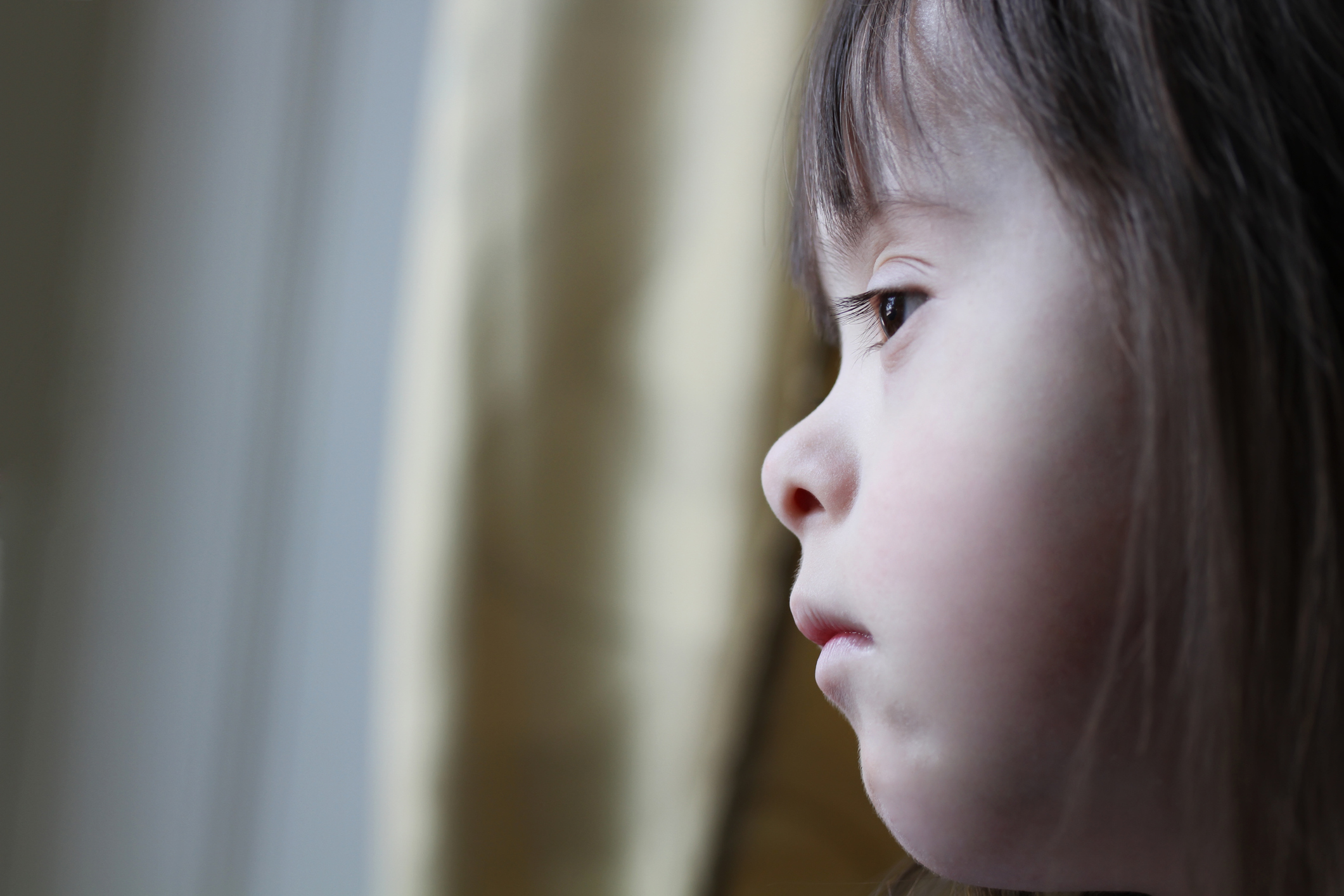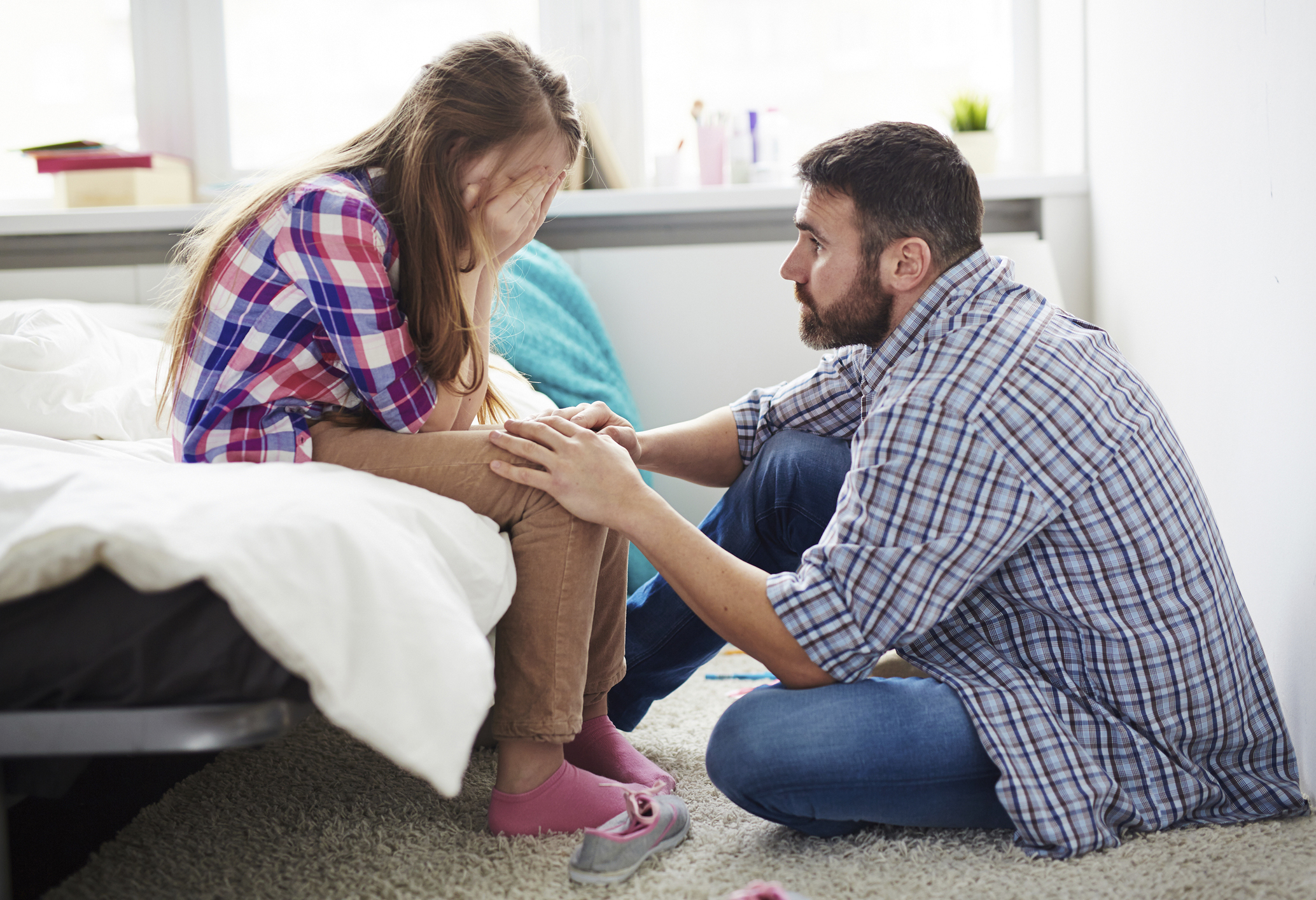
Children with a disability are more likely to experience bullying than other children, so it can be a particularly worrying issue for parents [1] [2].
If your child is being bullied, there are steps you can take to stop it and to help them protect themselves. Depending on your child’s needs and the situation they find themselves in, this may involve working with the school, encouraging social support, or educating them about the risks. [3].
The Anti-Bullying Alliance defines bullying as:
The repetitive, intentional hurting of one person by another, or by a group, where the relationship involves an imbalance of power. Bullying can be carried out physically, verbally, emotionally or through cyberspace.
Bullying is often aimed at people who are different, for example because of race, religion, disability or sexuality. Bullying can be:
- Verbal. Name calling, insulting, teasing.
- Physical. Pushing, shoving, hitting, damage to personal property.
- Indirect: Spreading rumours, excluding from friendship groups.
- Cyberbullying: Sending nasty texts, emails, or social media messages, sharing photos online.
All types of bullying are horrible for children and can leave parents feeling helpless and angry. Cyberbullying is often harder to avoid as bullies may hide their identities and can strike from anywhere, even when your child is relatively safe at home. This form of bullying that can happen 24 hours a day, seven days a week [4].
Children with intellectual and developmental disabilities, or those with active social media profiles may be at greater risk of cyberbullying [5] [6], but you can reduce the likelihood of your child being bullied by staying involved in their online experience.
First, make sure you find out how to add parental restrictions to all websites that your child has access to – and keep this under review. The NSPCC has a website aimed at helping parents keep their children safe online at https://www.net-aware.org.uk/
The most effective thing you can do is to talk to your child about the risks of cyberbullying and help them anticipate situations where they might be at risk. Having active discussions about the risks and making sure they understand how to keep themselves safe is more effective than just placing limits or controls on your child’s internet use [6].
- Make sure your child is aware of advice on respecting others and staying safe on the internet, including when it is safe and unsafe to share information online.
- Ask them to let you know if someone or something is worrying them, or making them feel uncomfortable.
- Make sure your child knows not to respond or return any bullying messages.
If your child is being bullied online, keep copies of emails, texts and social media posts. Make a note of the dates and times, along with any information about the sender’s internet details if you can. This may help to identify the bullies.
One thing to be aware of is that your child may not necessarily come to you for support if they are being bullied. Many children want to avoid burdening or worrying their parents and so may not bring it up at home [2].
Our partners at Contact asked parents how they realised their child was being bullied. They came up with a number of signs to look for:
- Becoming withdrawn, if previously outgoing.
- Coming home with cuts and bruises.
- Regularly coming home with torn or missing clothing.
- Refusing to go to school or a youth club.
- Doing less well at their schoolwork.
- Changes in mood – becoming depressed, angry, anxious.
- Changes in behaviour, for example wetting the bed if they have been dry at night.
- Being aggressive at home with their siblings and other family members.
- Sleep problems, nightmares, or waking at unusual times.
- Getting more headaches, stomach aches and other minor illnesses.
- Immersing themselves more into obsession and fantasy.
- Self-harming, cutting, hair pulling, skin picking.
- Wanting to change their journey or time of their journey to school.
Changes in your child’s behaviour are not necessarily related to bullying, so it’s always important to find out more.
In preventing bullying, your child’s friends can be one of the best sources of support. Talk to your child about strategies for forming and maintaining friendships, as this can help them protect against bullying:
- Encourage them to get involved in social activities.
- Create opportunities for them to mix with other children.
- Talk to other children and parents about your child’s disability so that they know how to be good friends.
- Remind your child of what they have to offer in social situations [7].
- Ask the school to help. There is more information below on Circles of Support.
Disabled children have different needs and may experience bullying in different ways. There is no ‘one size fits all’ approach. Some children, due to the nature of their disability, might not be able to understand the process or the ideas behind some ways to help deal with bullying. But there are ways to help support your child – for example by developing their confidence. Parents we talked to also described different forms of support that the school had put in place to help their child. Suggestions parents made include:
- Teach your child some simple sentences about their condition. Encourage them to practice until they can explain their condition confidently. Check also that they are happy with the explanation that you give to other people about their condition.
- Create opportunities to talk to your child about name calling and teasing. Ask how things are going at school, who they like playing with or who they try to avoid.
- Some families find roleplay useful. Work with your child through difficult or worrying situations, and decide on appropriate comments and reactions. The more your child is involved in deciding on the best responses, the more likely they are to use them.
- Draw pictures of the bullying and ways your child could deal with it. You could draw a cartoon strip which shows your child walking away from the bullying or telling someone.
- Use ‘social stories’ to help your child understand and deal with bullying. Social stories describe a situation and focus on a few key points, such as what will happen and how people might react. This can increase your child’s understanding and make them more comfortable in different situations. You can use social stories to explain times and places where bullying might happen, like lunchtimes or on school transport.
- Give your child the opportunity to tell you how they feel. Agree on a time or place to do this, if you can.
- Draw a map of the school and ask your child to colour in different areas to show how safe they feel. For example, safe areas might be green, unsafe areas might be red, and orange could represent areas where they’re not so sure.
- Give them lots of praise when they cope with a difficult situation.
As well as the bullying itself, you may feel frustrated by a lack of communication from the school, or a sense that nothing is being done about punishing the perpetrators. Schools have a duty of care towards their pupils, which means that they must look after the safety and wellbeing of their pupils as a reasonable parent would. They can take steps to deal with behaviour, even if it isn’t taking place on the school premises. If you think your child is being bullied at school:
- Tell the headteacher. Try to arrange to have an appointment rather than a quick word in the playground.
- Be specific about what is being said and the effect it is having on your child. The school may not be aware that it is happening, or the impact it has on your child’s self-esteem.
- Ask for a copy of the school’s anti-bullying policy and behaviour policy.
- Keep a record of all the incidents.
- If there are any physical injuries, take photos to show the school.
- If your child is unable to attend school because of the stress of the bullying, get this confirmed by your GP and tell the Education Welfare Officer about the situation.
- Ask for the bullying to be recorded in your child’s individual education plan; statement; Education, Health and Care plan; or co-ordinated support plan (Scotland) if they have one.
- Work with the school to resolve the issue. It may not happen immediately, but do keep meeting and working with them.
- Get advice about disability discrimination and the disability equality duty.
Remember that the teachers may not know the situation as well as you do, and might interpret the behaviour differently. They might just think that other children are innocently questioning your child about their condition but, if it upsets your child, then it is not acceptable and needs to be stopped. If the bullying continues, you may want to make a complaint.
Schools use a variety of methods to deal with bullying, some of which are listed below. Ask your child’s school for their behaviour and discipline policy to see what they do.
- Circle of friends. This was developed to promote the inclusion of students with disabilities and difficulties into mainstream schools. It’s a programme involving pupils, teachers and parents.
- Telling schools. If the child being bullied is unable to or too scared to tell a teacher, all other children know it is their duty to report it.
- Peer support programmes. Older pupils can volunteer to be trained in caring for younger pupils. These volunteer pupils are identified by a badge or ribbon and everyone in the school knows bullying is not acceptable.
- ‘No blame’ support groups. Bullies are not blamed and are encouraged to work in a group together with a teacher to suggest a solution.
- Whole school individual approach. This uses mentoring in addition to circle time, restorative justice and quiet clubs.
- Group and individual sessions based on listening and behavioural therapy. The sessions explore anger management, social skills and resilience, emotional issues, and relaxation.
- Training and resources that encourage staff and children to think of ways to make their school more inclusive, helping them to challenge bullying in their school.
- Projects that provide opportunities for disabled and non-disabled children to spend time together, looking to bust the myths and change views and attitudes.
While your main focus may be on your child’s experience, it’s also important to recognise the impact that it’s having on you as parents and as a couple.
Parents often feel a range of emotions after finding out their child is being bullied – anger, guilt and anxiety. It is natural to have these feelings but there are things you can do to help cope:
- Share how you are feeling with family and friends. Consider peer support through online forums and social media.
- If there is a support group for your child’s condition, get in touch. They will probably be supporting other parents with similar experiences.
- Remember you’re not alone, and that the bullying can be resolved.
- Reassure yourself that you’re doing a good job.
- Contact your local parent carer forum for support from other parents in your area.
- Get support from anti-bullying organisations.
- Spend time together as a family.
When your child is being bullied, it can be easy for you and your partner to feel guilty and start blaming yourselves, so it’s important to remind each other that you are both doing everything you can. As well as offering each other support, it can be useful to try and understand the causes of your feelings – for example, a lack of support or a sense of powerlessness may add to whatever stress you’re already feeling about the actual bullying [8].
If you are trying to engage the school, share the burden of contact and perseverance and make sure you are both doing your bit in starting conversations and chasing up replies. This can make things much easier than just leaving one parent to deal with everything [8].
For more information about spotting the signs of bullying, strategies to deal with bullying, and tips for building your child’s confidence and self-esteem, see Contact’s guide to dealing with bullying.
[1] Jones, L., et al. (2012). Prevalence and risk of violence against children with disabilities: a systematic review and meta-analysis of observational studies. Lancet, 380, 899-907.
[2] Bourke, S. & Burgman, I. (2010). Coping with bullying in Australian schools: how children with disabilities experience support from friends, parents and teachers. Disability and Society, 25(3), https://doi-org.uos.idm.oclc.org/10.1080/09687591003701264
[3] Turner, H.A., Vanderminden, J., Finkelhor, D., Hamby, S. and Shattuck, A. (2011). Disability and Victimization in a National Sample of Children and Youth. Child Maltreatment. DOI: 10.1177/1077559511427178.
[4] Smith, P.K., Mahdavi, J., Carvalho, M., Fisher, S., Russell, S., & Tippett, N. (2008). Cyberbullying: it’s nature and impact in secondary school pupils. The Journal of Child Psychology and Psychiatry, 49(4), 376-385.
[5] Didden, R., et al., (2009). Cyberbullying among students with intellectual and developmental disability in special education settings. Dev Neurorehabil. Jun;12(3):146-51. doi: 10.1080/17518420902971356.
[6] Mesch, G. S. (2009). Parental mediation, online activities, and cyberbullying. Cyberpsychology and Behaviour, 12(4), 387-393.
[7] Rose, C., Monda-Amaya, L. E., Espelage, D. L. (2010). Bullying perpetration and victimizationin Special Education: A review of the literature. Remedial and Special Education, 32(2), 114-130.
[8] Hale, R.C., Fox, C., Murray, M. (2017). “As a Parent You Become a Tiger": Parents Talking about Bullying at School. Journal of Child and Family Studies; 26(7), 2000-2015, DOI:10.1007/s10826-017-0710-z.







